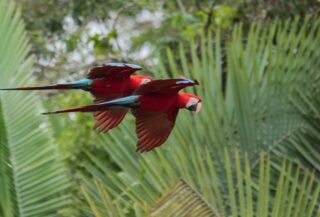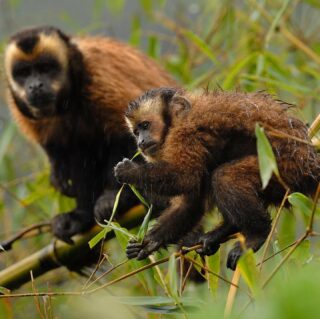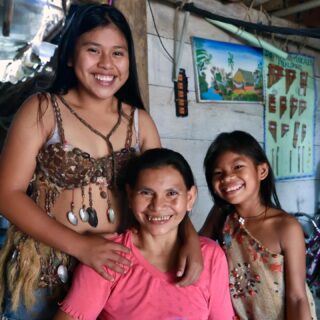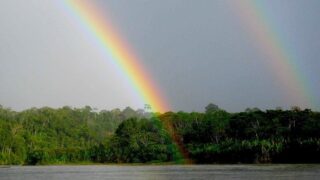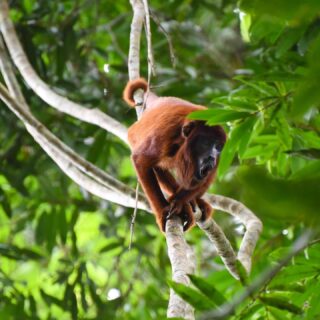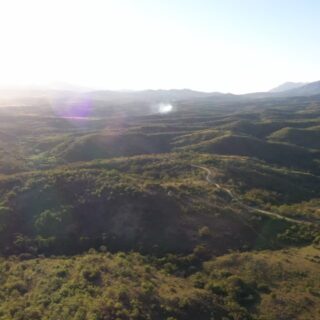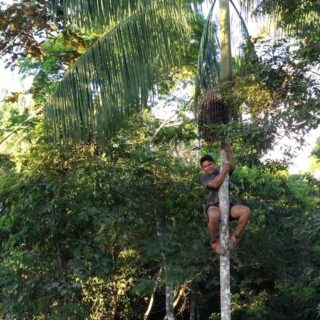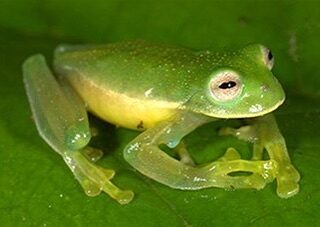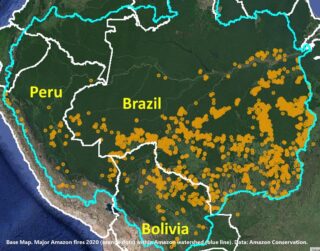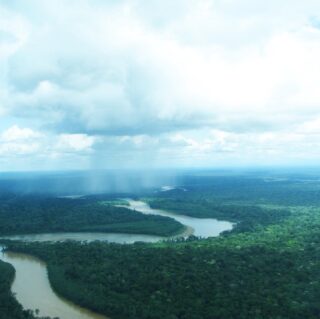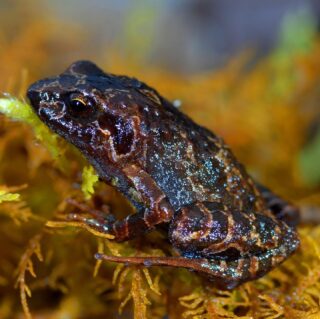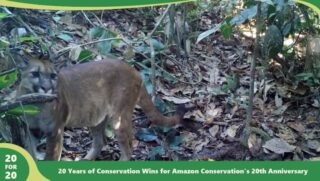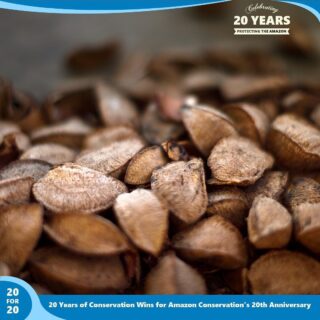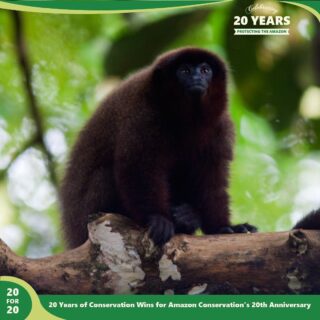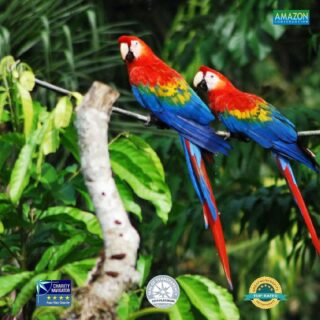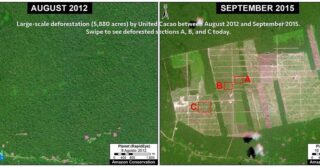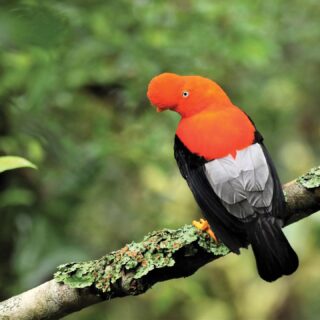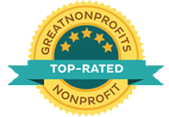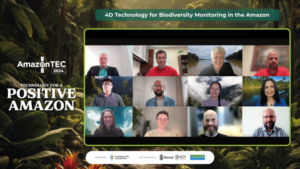 In efforts to highlight key challenges and solutions to protecting the Amazon, we, along with our Peruvian sister organization Conservación Amazónica – ACCA, bring together scientists, environmental professionals, and conservation enthusiasts each year to take part in AmazonTEC: a platform to discuss the science, technology, and innovation needed to help conserve the Amazon basin.
In efforts to highlight key challenges and solutions to protecting the Amazon, we, along with our Peruvian sister organization Conservación Amazónica – ACCA, bring together scientists, environmental professionals, and conservation enthusiasts each year to take part in AmazonTEC: a platform to discuss the science, technology, and innovation needed to help conserve the Amazon basin.
This month, we hosted an exclusive webinar as part of the second session of AmazonTEC 2024, “4D Technology for Biodiversity Monitoring in the Amazon,” to highlight technological and scientific advances that strengthen monitoring for the conservation of biodiversity in the Amazon. The session featured many key speakers and leading experts who addressed how technology is transforming our understanding of biodiversity and how advances in the use of artificial intelligence and big data platforms enhance the potential to map critical areas and develop more effective conservation strategies. These tools, in combination with projects that operate in near real-time, are part of the approach known as 4D Technology, which is considered key to monitoring and conserving biodiversity in the Amazon.
The session began with opening remarks from the Executive Director of Conservación Amazónica – ACCA, María Elena Gutiérrez, who stressed the importance of using technological tools to face environmental challenges and promote concrete actions to protect the Amazon’s intricate ecosystems. She also commented that, after COP16 in Cali, Colombia, where the active participation of indigenous communities, civil society, and the private sector marked a milestone, the upcoming COP30 in Belém in 2025 is expected to be a space to translate the commitments to conservation made into concrete actions that comprehensively address the interconnection between biodiversity and climate change, reinforcing the role of technology in this global challenge.
The event also featured PhD Corine Vriesendorp, a renowned ecologist and advisor to the Scientific Panel for the Amazon, who will take over as Director of Science at Conservación Amazónica – ACCA in 2025, and world-renowned conservationist and cofounder of Amazon Conservation Adrian Forsyth, who gave closing remarks on the science that transcends cultural and political barriers, as well as how its value will be critical for the future.
Watch the full session of 4D Technology for Biodiversity Monitoring in the Amazon
We would like to thank the following funders whose support helped make AmazonTEC possible: NORAD/NICFI Development Cooperation, Conservación Amazónica – ACEAA, Science Panel for the Amazon, WildMon, Planet, Conservation X Labs, ConcyTEC, PUCP, Wyss Academy, San Diego Zoo, CITA–UTEC
Learn more about AmazonTEC at amazontec.pe

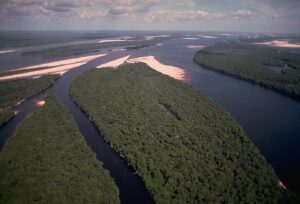 Amazon Conservation has an extensive history of tracking illegal gold mining in the Peruvian Amazon via our real-time satellite monitoring program,
Amazon Conservation has an extensive history of tracking illegal gold mining in the Peruvian Amazon via our real-time satellite monitoring program, 







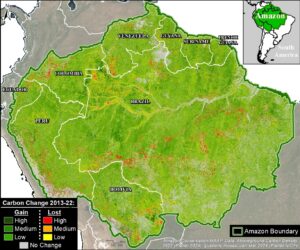 Over the past few months, we’ve released a series of MAAP reports (
Over the past few months, we’ve released a series of MAAP reports (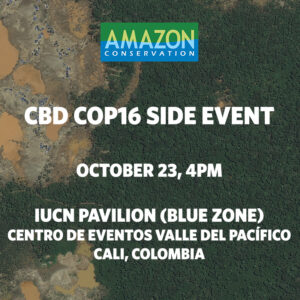 Last month, we were thrilled to share that
Last month, we were thrilled to share that 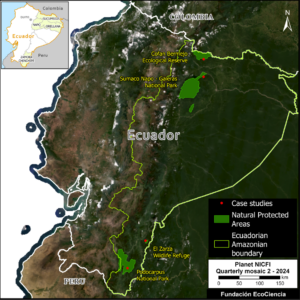 In previous reports (
In previous reports (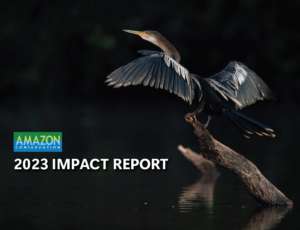 Our 2023 Impact Report is here!
Our 2023 Impact Report is here! 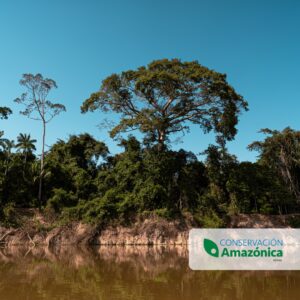 Earlier this year, we celebrated alongside our Bolivian sister organization
Earlier this year, we celebrated alongside our Bolivian sister organization 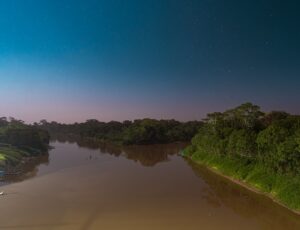 This achievement was accomplished thanks to the active participation of local communities and municipalities of Porvenir, Filadelfia, Bolpebra, Bella Flor, Puerto Rico, Santa Rosa del Abuná, Villa Nueva, and Ingavi San Pedro, which guaranteed inclusive and committed management of the area. The creation of this new conservation area would also not have been possible without the generous contributions of the
This achievement was accomplished thanks to the active participation of local communities and municipalities of Porvenir, Filadelfia, Bolpebra, Bella Flor, Puerto Rico, Santa Rosa del Abuná, Villa Nueva, and Ingavi San Pedro, which guaranteed inclusive and committed management of the area. The creation of this new conservation area would also not have been possible without the generous contributions of the 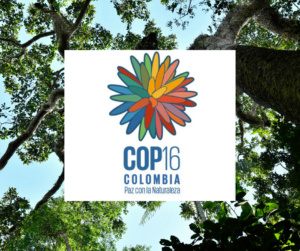 We are excited to announce that Amazon Conservation will be participating in this year’s
We are excited to announce that Amazon Conservation will be participating in this year’s 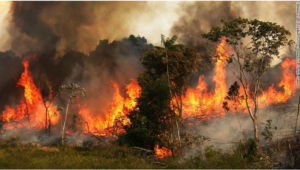
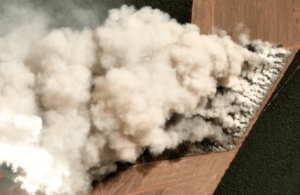
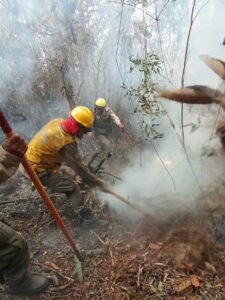 For the past few years, thanks to the generous support of our donor community, Amazon Conservation has helped local governments, communities, and the army in Bolivia – one of the countries most impacted by wildfires – mitigate fire risk by providing technical training and proper equipment to local fire brigades. Unfortunately, many local communities and municipalities’ firefighting teams are extremely underfunded and cannot fight these fires alone. In some parts of the Beni region, local fire brigades don’t even have access to water to combat fires, so this support we provide is vital to help prevent and combat fires.
For the past few years, thanks to the generous support of our donor community, Amazon Conservation has helped local governments, communities, and the army in Bolivia – one of the countries most impacted by wildfires – mitigate fire risk by providing technical training and proper equipment to local fire brigades. Unfortunately, many local communities and municipalities’ firefighting teams are extremely underfunded and cannot fight these fires alone. In some parts of the Beni region, local fire brigades don’t even have access to water to combat fires, so this support we provide is vital to help prevent and combat fires. 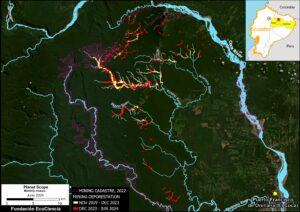 A series of our previous MAAP reports have demonstrated the emergence and expansion of illegal gold mining deforestation in the heart of the Ecuadorian Amazon, particularly in the area surrounding the Punino River, located between the provinces of Napo and Orellana. In our most recent report on this area (
A series of our previous MAAP reports have demonstrated the emergence and expansion of illegal gold mining deforestation in the heart of the Ecuadorian Amazon, particularly in the area surrounding the Punino River, located between the provinces of Napo and Orellana. In our most recent report on this area (